Home>Maintenance & Safety>Safety Equipment & Products>How To Childproof A House
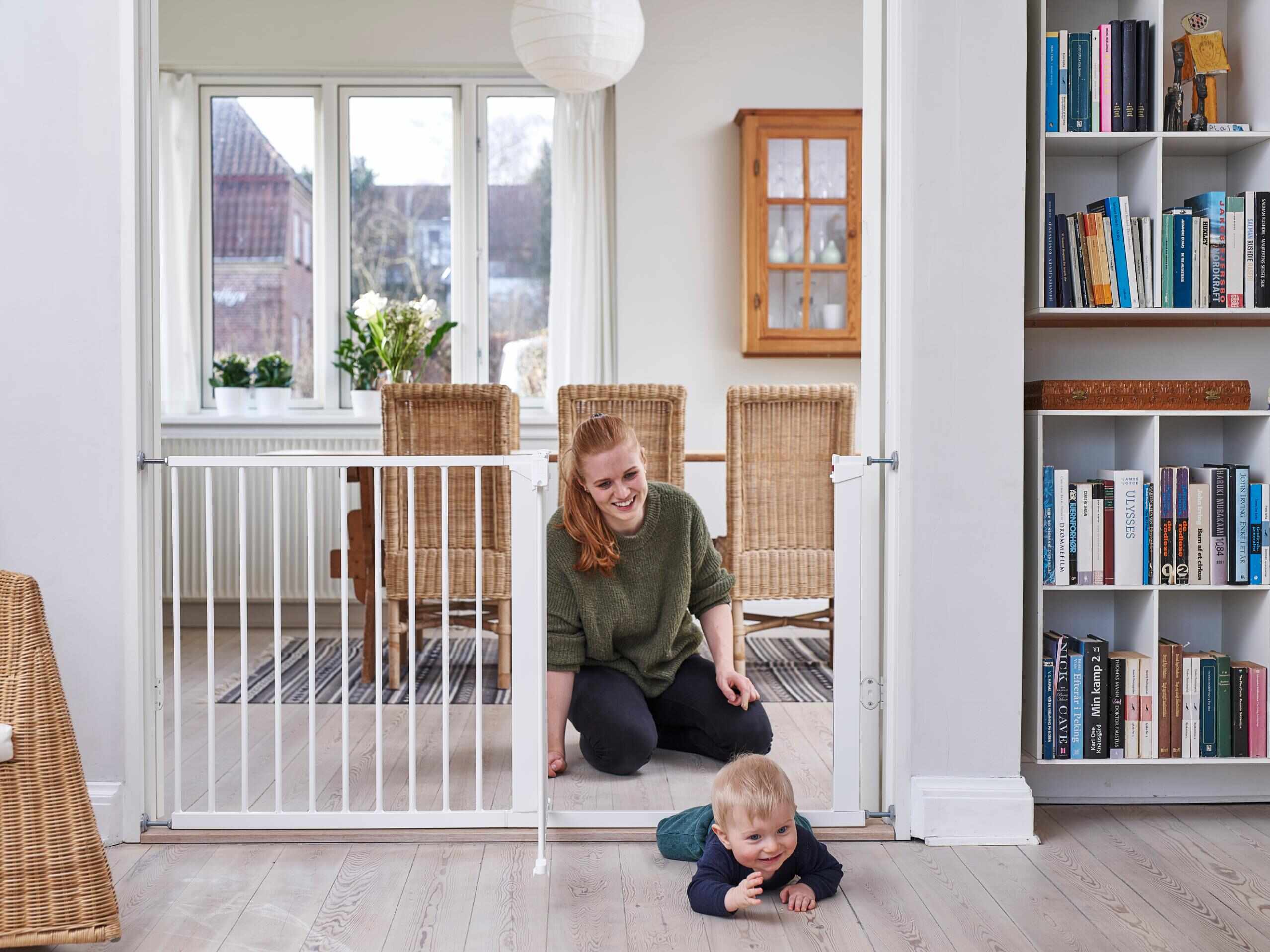

Safety Equipment & Products
How To Childproof A House
Modified: February 18, 2024
Learn how to childproof your home with the best safety equipment and products. Keep your little ones safe with our expert tips and recommendations.
(Many of the links in this article redirect to a specific reviewed product. Your purchase of these products through affiliate links helps to generate commission for Storables.com, at no extra cost. Learn more)
Introduction
Childproofing a house is a crucial step in creating a safe environment for young children to explore and thrive. As children are naturally curious and eager to discover the world around them, it's essential to take proactive measures to minimize potential hazards within the home. By implementing childproofing strategies, parents and caregivers can significantly reduce the risk of accidents and injuries, providing peace of mind while fostering a secure and nurturing space for their little ones.
Childproofing encompasses a wide range of safety measures designed to mitigate common household dangers, including falls, burns, electrical shocks, and poisoning. While it may seem overwhelming at first, breaking down the process into manageable steps can make the task more approachable and effective. From securing furniture and electronics to installing safety gates and childproofing electrical outlets, each aspect plays a vital role in creating a secure home environment for children to thrive.
In this comprehensive guide, we will delve into the essential steps and strategies for childproofing a house, offering practical insights and expert tips to help parents and caregivers safeguard their living spaces. By taking a proactive approach to childproofing, families can create a nurturing and secure haven where children can play, learn, and grow without unnecessary risks or hazards. Let's embark on this journey to transform your home into a safe and child-friendly sanctuary.
Key Takeaways:
- Childproofing a house involves securing furniture, installing safety gates, and childproofing electrical outlets to create a safe environment for children to explore and play without unnecessary risks.
- Creating dedicated play areas with cushioned flooring and age-appropriate toys fosters a secure and nurturing environment where children can thrive and enjoy the wonders of childhood.
Read more: What Makes Childproof Containers Childproof?
Assessing Potential Hazards
Before embarking on the childproofing journey, it's essential to conduct a thorough assessment of the potential hazards present in your home. This proactive approach allows you to identify and address areas of concern, ensuring a comprehensive and effective childproofing strategy.
Start by getting down to your child's level to gain a firsthand perspective of the environment they encounter daily. This vantage point can reveal potential dangers that may have been overlooked from an adult's height. Pay close attention to sharp edges, small objects, dangling cords, and unstable furniture that could pose risks to a curious and exploring child.
Inspect each room methodically, considering the specific hazards associated with different areas. In the kitchen, for instance, ensure that sharp utensils, cleaning products, and small appliances are stored securely out of reach. Additionally, consider installing stove knob covers to prevent accidental ignition by little hands. In the bathroom, lock away medications, secure toilet lids, and use non-slip mats to reduce the risk of falls.
Electrical outlets and cords are common yet potentially hazardous features in any home. Be diligent in identifying exposed outlets and loose cords, as these can pose a significant risk of electrical shock. Consider using outlet covers and cord organizers to eliminate these dangers effectively.
By meticulously assessing potential hazards, you can tailor your childproofing efforts to address specific risks in each area of your home, ensuring a comprehensive and personalized approach to safeguarding your child's well-being.
Securing Furniture and Electronics
Unsecured furniture and electronics pose significant risks to young children, as they can easily topple over or cause injuries if not properly secured. Anchoring furniture to the wall is a crucial step in preventing tip-over accidents, especially with items like bookshelves, dressers, and TV stands. Use furniture straps or anchors to secure these pieces, minimizing the risk of them toppling onto curious explorers.
Televisions and heavy electronics also require secure mounting to prevent them from tipping over. Mounting a TV to the wall or using a sturdy TV stand can effectively eliminate the risk of it falling and causing harm to children. Additionally, ensure that cords and cables are neatly organized and out of reach to prevent tripping hazards and potential entanglement.
Keep small and potentially hazardous items, such as remote controls, batteries, and small electronic devices, out of reach of children. Utilize storage solutions like cabinets, drawers, or high shelves to store these items securely. This not only reduces the risk of choking hazards but also minimizes the temptation for children to tamper with electronic devices.
By securing furniture and electronics, you create a safer environment for children to explore and play without the looming threat of accidents caused by unsecured items. This proactive measure not only mitigates potential risks but also provides peace of mind for parents and caregivers, knowing that their little ones are protected from preventable accidents within the home.
Installing Safety Gates
Safety gates are indispensable tools for creating secure boundaries within the home, particularly in areas where children require supervision and protection. These barriers serve to prevent access to potentially hazardous areas, such as staircases, kitchens, and home offices, offering peace of mind for parents and caregivers while allowing children to explore designated areas safely.
When selecting safety gates, it’s crucial to consider their intended location and purpose. Pressure-mounted gates are ideal for blocking off areas on the same level, providing a versatile and easily adjustable solution. On the other hand, hardware-mounted gates offer a more secure option for the top of staircases, where stability and reliability are paramount.
Proper installation is key to the effectiveness of safety gates. Follow the manufacturer’s instructions meticulously, ensuring that the gate is securely anchored and free from any potential hazards, such as sharp edges or entrapment risks. Regularly inspect the gates to confirm that they remain stable and intact, making any necessary adjustments as your child grows and develops.
It’s important to note that safety gates are not a substitute for adult supervision, but rather a valuable tool to augment your childproofing efforts. By strategically installing safety gates in key areas of your home, you can create secure zones where children can explore and play under the watchful eyes of their caregivers, minimizing the risk of accidents and injuries.
Childproofing Electrical Outlets
Electrical outlets present a potential hazard for young children, who may be curious to explore these intriguing fixtures. Childproofing outlets is a crucial step in creating a safe environment, effectively preventing the risk of electrical shocks and injuries. Utilizing outlet covers or caps is an effective and simple way to safeguard children from the dangers posed by exposed electrical outlets.
When selecting outlet covers, opt for models that are easy for adults to operate but robust enough to resist tampering by small children. Sliding outlet covers and rotating plug covers are popular choices, as they provide convenient access for adults while effectively concealing the outlets from curious little hands. It’s essential to cover all accessible outlets throughout the home, including those in low-lying areas and behind furniture.
Moreover, consider utilizing surge protectors with built-in outlet covers to safeguard against both electrical hazards and potential damage to electronic devices. By integrating these protective measures, you can create a secure electrical environment that minimizes the risk of accidents while allowing for the safe use of essential appliances and devices.
Regularly inspect the outlet covers to ensure that they remain intact and functional, replacing any damaged or worn covers promptly. Additionally, educate children about the importance of electrical safety and discourage them from playing with or attempting to tamper with electrical outlets.
By childproofing electrical outlets, you not only mitigate the risk of electrical accidents but also instill a culture of safety within the home, fostering an environment where children can thrive without unnecessary exposure to electrical hazards.
Install safety gates at the top and bottom of stairs to prevent falls. Make sure they are securely fastened and meet safety standards.
Read more: How To Childproof Doors
Safe Storage for Hazardous Items
Proper storage of hazardous items is essential for maintaining a safe environment for children within the home. From household cleaners and medications to sharp objects and potentially toxic substances, these items must be stored securely to prevent accidental ingestion or exposure.
Start by conducting a thorough inventory of all hazardous items in your home, including cleaning supplies, medications, sharp tools, and any other potentially dangerous substances. Store these items in designated cabinets or areas that are inaccessible to children, utilizing childproof locks or latches to prevent unauthorized access.
Medications, in particular, should be stored in a locked medicine cabinet or a high, out-of-reach location. Utilize pill organizers and keep medications in their original containers with child-resistant caps to minimize the risk of accidental ingestion. Additionally, be mindful of any over-the-counter medications and supplements that may be within a child’s reach, and store them securely to prevent unintentional consumption.
Household cleaners and chemicals should be stored in a locked cabinet or on high shelves, out of sight and reach of children. Consider using safety latches on cabinet doors to prevent young children from gaining access to these potentially harmful substances. Furthermore, be diligent in storing sharp objects, such as knives and scissors, in secure drawers or knife blocks to minimize the risk of cuts and injuries.
It’s imperative to educate family members and caregivers about the importance of safe storage practices for hazardous items, emphasizing the need to promptly return these items to their designated secure locations after use. By implementing these measures, you can significantly reduce the risk of accidental poisoning, injuries, and exposure to hazardous substances, creating a safer environment for children to thrive.
Childproofing Windows and Doors
Windows and doors are potential points of hazard for young children, necessitating proactive childproofing measures to enhance safety within the home. By addressing these areas, parents and caregivers can mitigate the risk of falls, entrapment, and other potential dangers associated with windows and doors.
Window guards and safety netting are effective solutions for preventing falls from elevated windows, balconies, or elevated areas. These protective barriers provide an additional layer of security, allowing windows to be opened for ventilation while safeguarding against accidental falls. It’s essential to ensure that window guards are properly installed and meet safety standards to provide reliable protection.
When it comes to doorways, installing door knob covers or locks can prevent young children from accessing restricted areas or wandering outside unsupervised. These childproofing devices are designed to impede a child’s ability to open doors, offering peace of mind for parents and caregivers while maintaining a secure environment within the home.
Sliding glass doors present unique challenges due to their accessibility and potential for accidental collisions. Applying decals or markers at a child’s eye level can help indicate the presence of these transparent barriers, reducing the risk of children running into closed doors. Additionally, consider utilizing door alarms to alert you when a sliding door is opened, providing an extra layer of security and awareness.
Regularly inspect windows and doors to ensure that childproofing measures remain intact and functional. As children grow and develop, it’s crucial to adapt these safety features to accommodate their changing abilities and behaviors, reinforcing the ongoing commitment to creating a secure living environment.
By implementing comprehensive childproofing strategies for windows and doors, you can significantly reduce the risk of accidents and injuries, fostering a safe and nurturing environment where children can explore and play without unnecessary hazards.
Creating Safe Play Areas
Designating safe play areas within the home is essential for fostering an environment where children can explore, learn, and play without unnecessary risks. By establishing these dedicated spaces, parents and caregivers can provide children with the freedom to engage in activities while minimizing potential hazards.
Start by selecting an appropriate area for the play zone, considering factors such as visibility, accessibility, and proximity to potential hazards. Ideally, the designated play area should be within sight and earshot of caregivers, allowing for supervision while offering children a sense of independence and freedom to play.
When creating safe play areas, consider utilizing soft, cushioned flooring to minimize the impact of falls and tumbles. Foam mats, area rugs, or carpeting can provide a comfortable and safe surface for children to play on, reducing the risk of injuries from accidental falls or roughhousing.
Organize and store toys and play materials in accessible yet secure containers, such as toy chests, bins, or shelves. This not only promotes a tidy and organized play environment but also minimizes the risk of tripping hazards and clutter, creating a safe and inviting space for children to engage in imaginative play and activities.
Ensure that the play area is free from small objects or toys that pose choking hazards, and regularly inspect toys for any signs of wear or damage. Additionally, consider incorporating age-appropriate play equipment, such as climbing structures, ride-on toys, and interactive games, to encourage physical activity and exploration within the designated play space.
By creating safe play areas, parents and caregivers can instill a sense of security and freedom for children to play and learn within the home. These purposefully designed spaces not only promote physical and cognitive development but also provide a nurturing and secure environment where children can thrive and enjoy the wonders of childhood.
Conclusion
Childproofing a house is a multifaceted endeavor that encompasses a comprehensive range of safety measures designed to safeguard young children within the home. By taking proactive steps to identify and address potential hazards, parents and caregivers can create a secure and nurturing environment where children can explore, learn, and play without unnecessary risks.
Assessing potential hazards within the home is the foundational step in the childproofing process, allowing for a thorough evaluation of areas that require attention and mitigation. From securing furniture and electronics to installing safety gates and childproofing electrical outlets, each measure plays a vital role in enhancing the safety of the living space.
Furthermore, safe storage for hazardous items, childproofing windows and doors, and creating dedicated play areas are essential components of a comprehensive childproofing strategy. These measures not only mitigate potential risks but also foster an environment where children can thrive and develop confidently.
It’s important to recognize that childproofing is an ongoing commitment that requires regular assessment and adaptation as children grow and their needs evolve. By remaining vigilant and proactive in addressing potential hazards, parents and caregivers can create a safe and secure haven where children can flourish without unnecessary exposure to preventable dangers.
Ultimately, the goal of childproofing is to provide children with the freedom to explore, play, and learn within a secure and nurturing environment. By integrating these safety measures into the home, parents and caregivers can instill a culture of safety and well-being, allowing children to embrace the wonders of childhood with confidence and security.
Embracing the principles of childproofing not only enhances the safety of the home but also fosters a sense of empowerment and peace of mind for parents and caregivers, knowing that they have taken proactive steps to create a secure and welcoming environment for their little ones.
Frequently Asked Questions about How To Childproof A House
Was this page helpful?
At Storables.com, we guarantee accurate and reliable information. Our content, validated by Expert Board Contributors, is crafted following stringent Editorial Policies. We're committed to providing you with well-researched, expert-backed insights for all your informational needs.
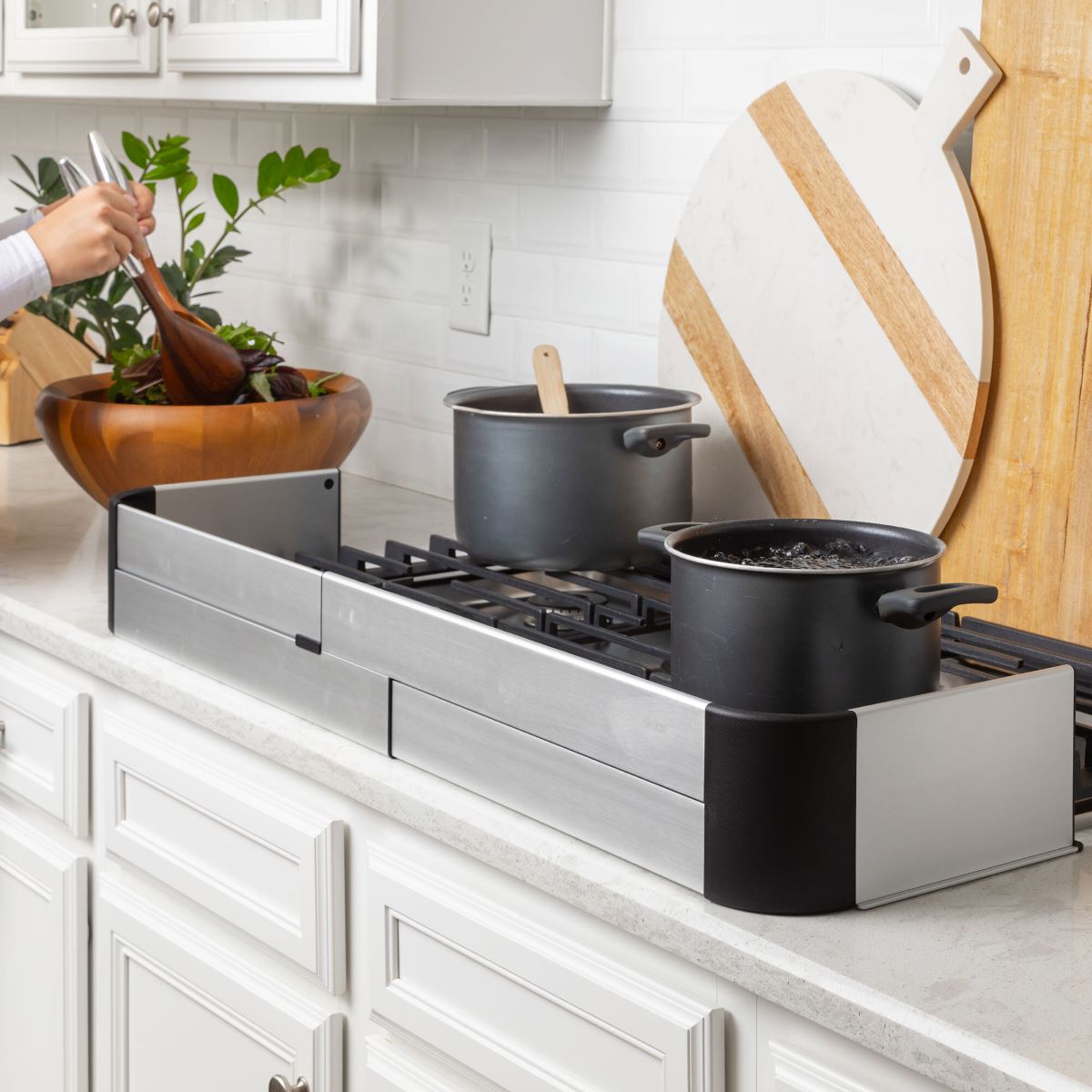
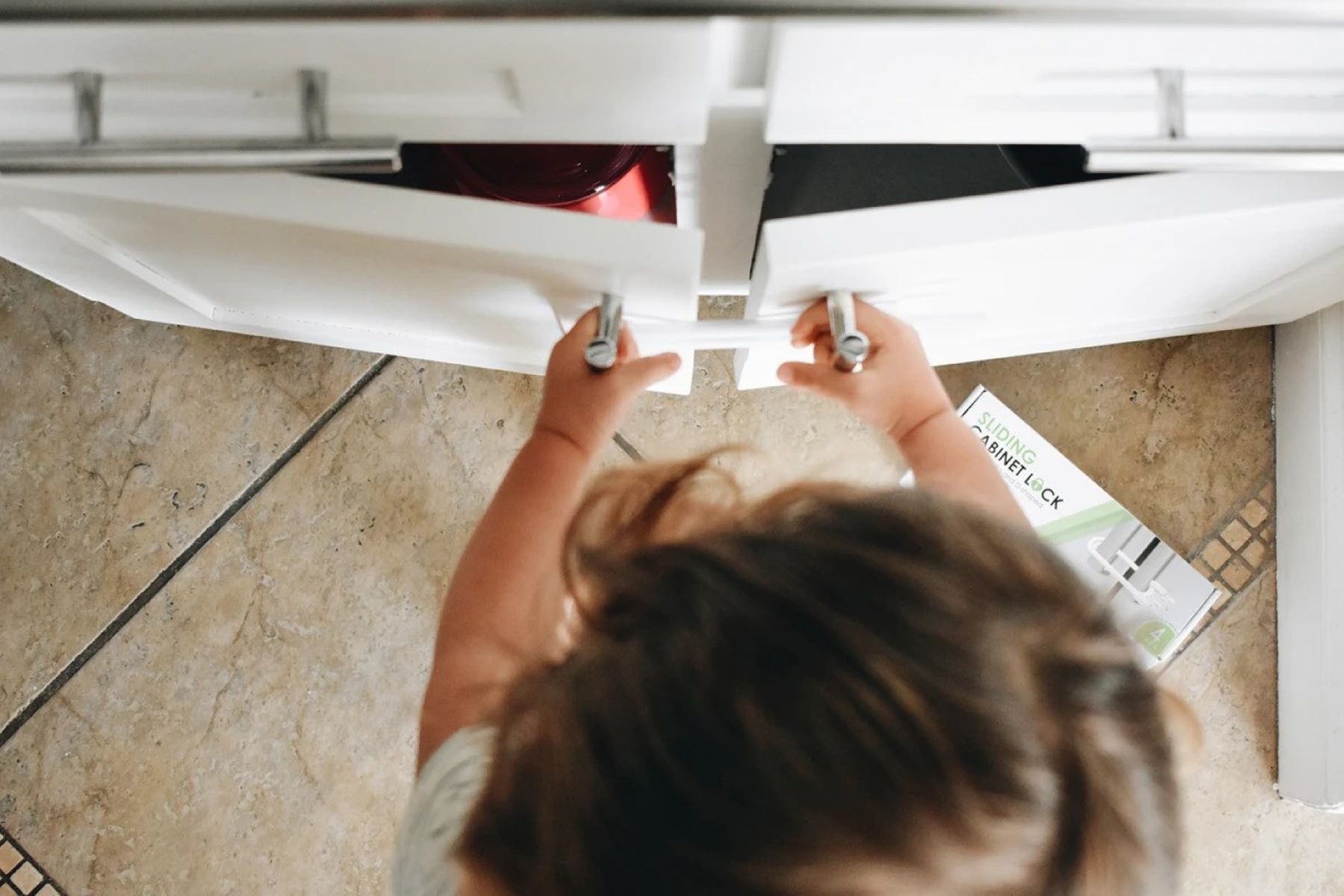
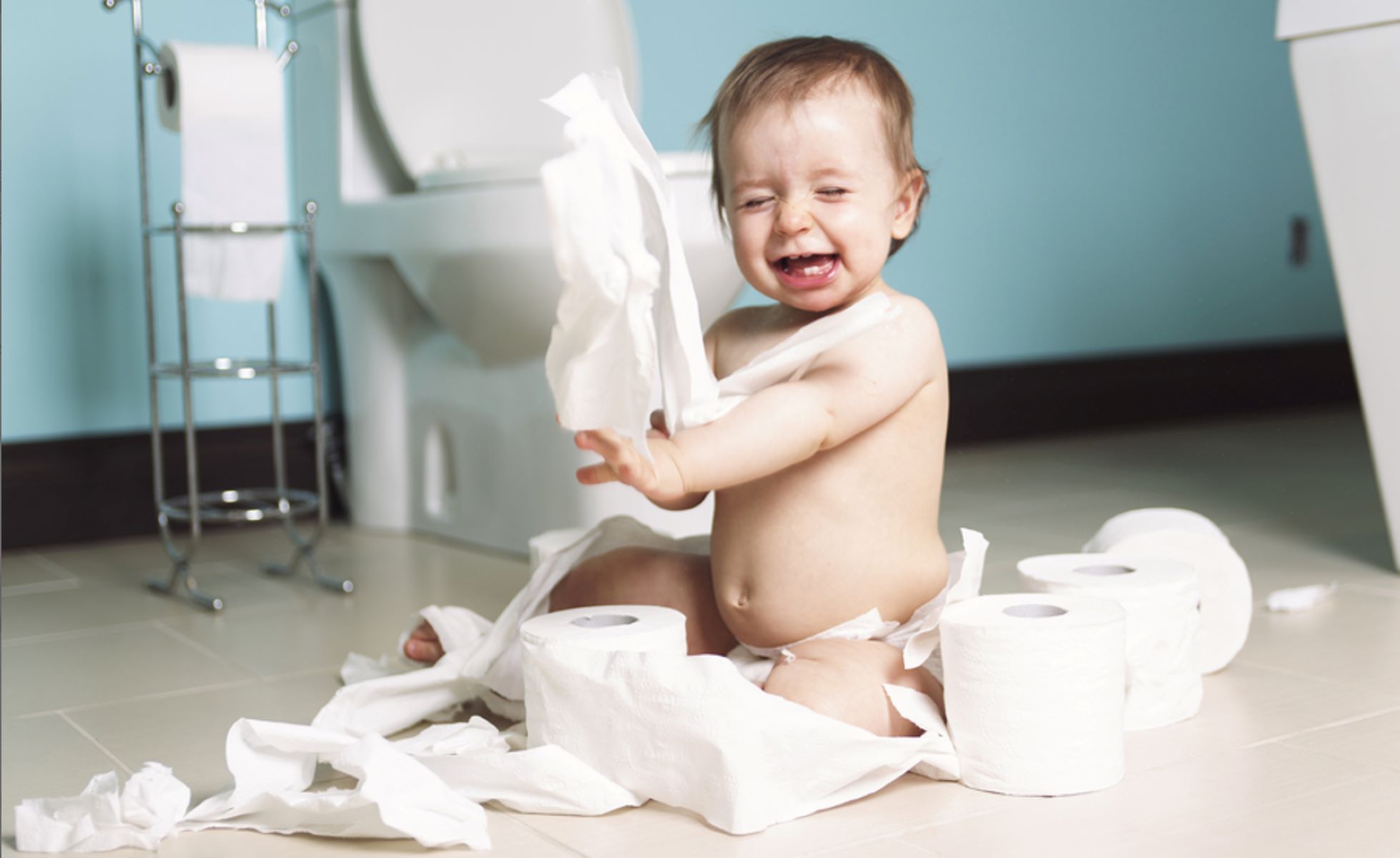
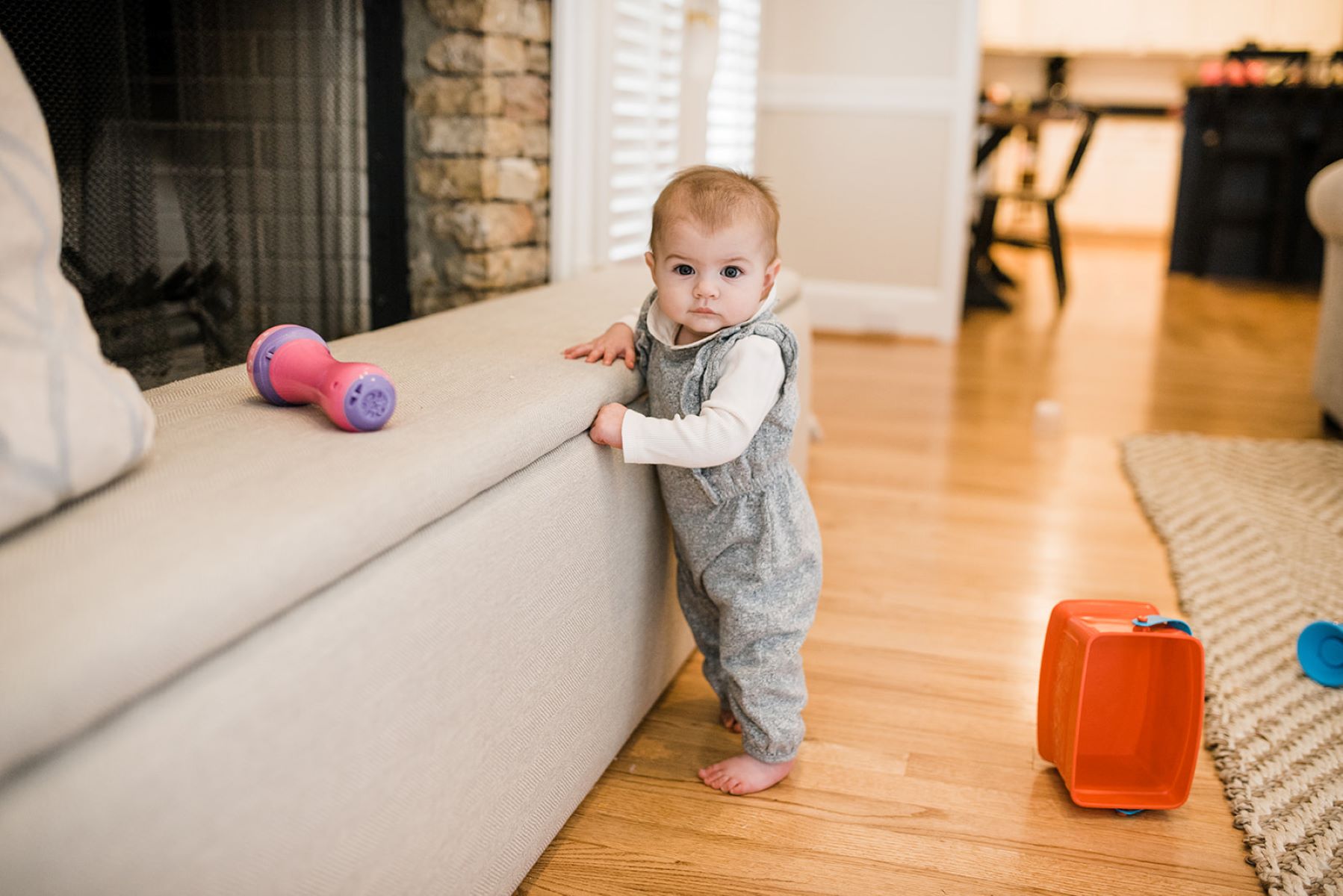
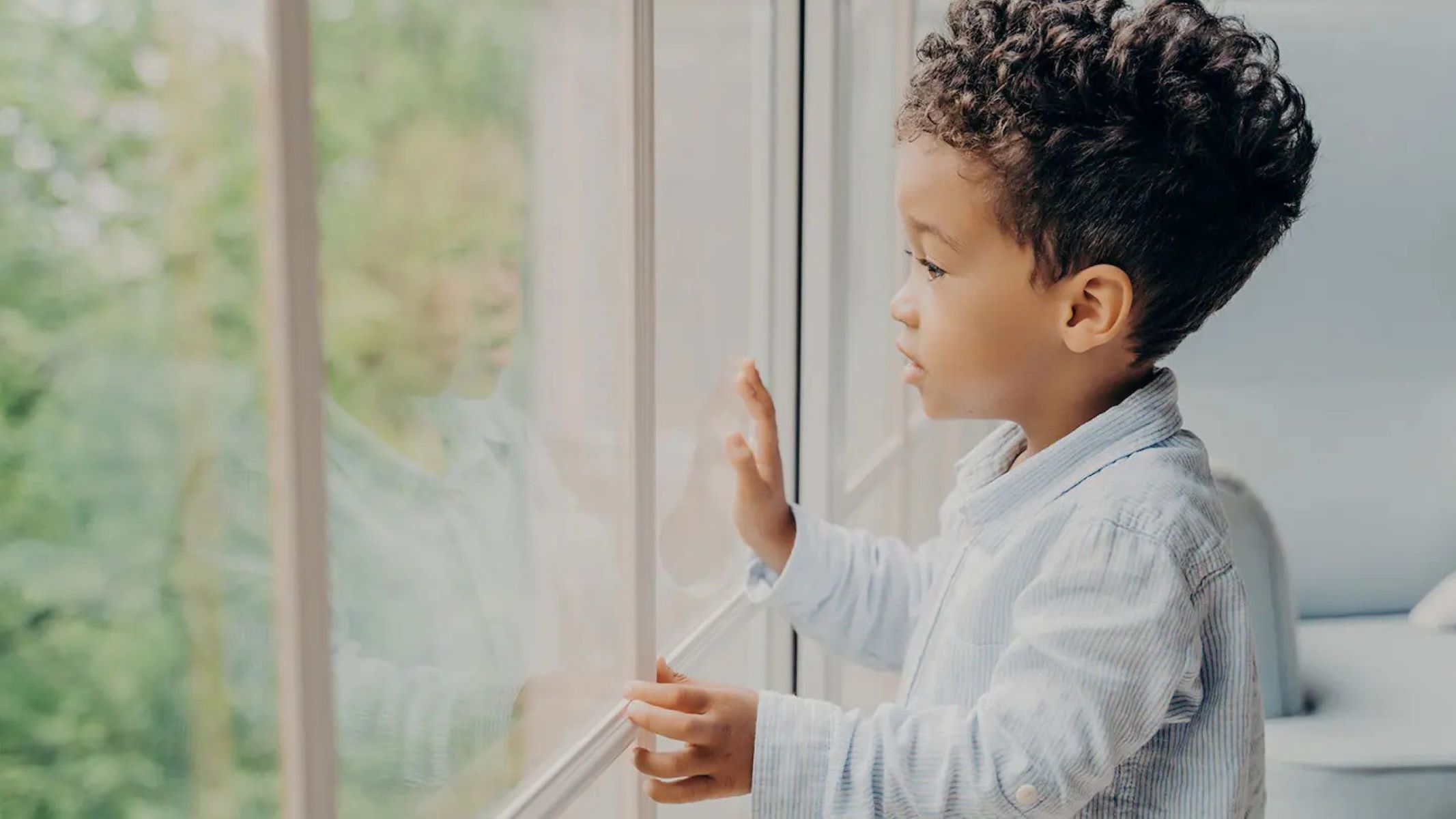
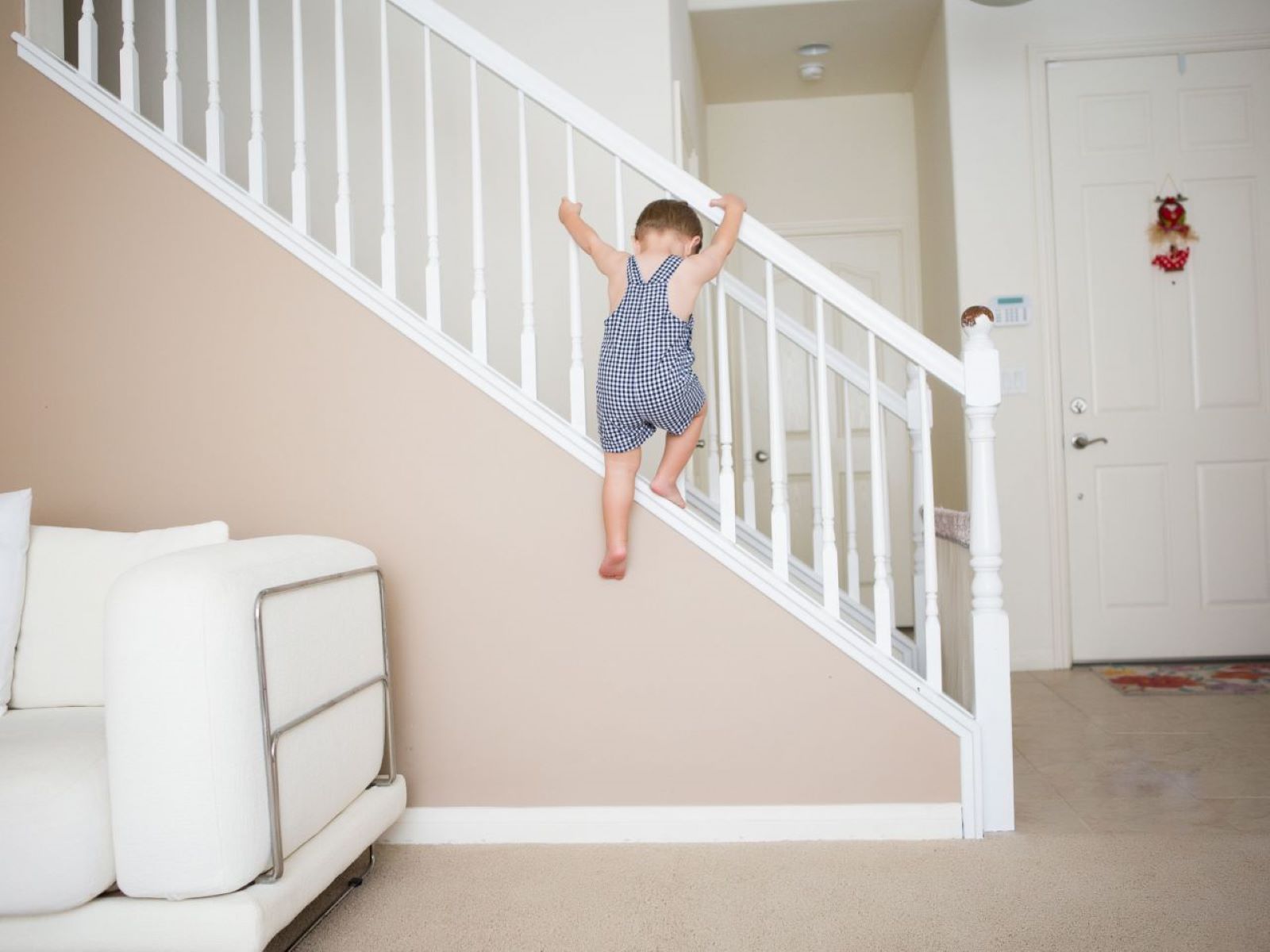
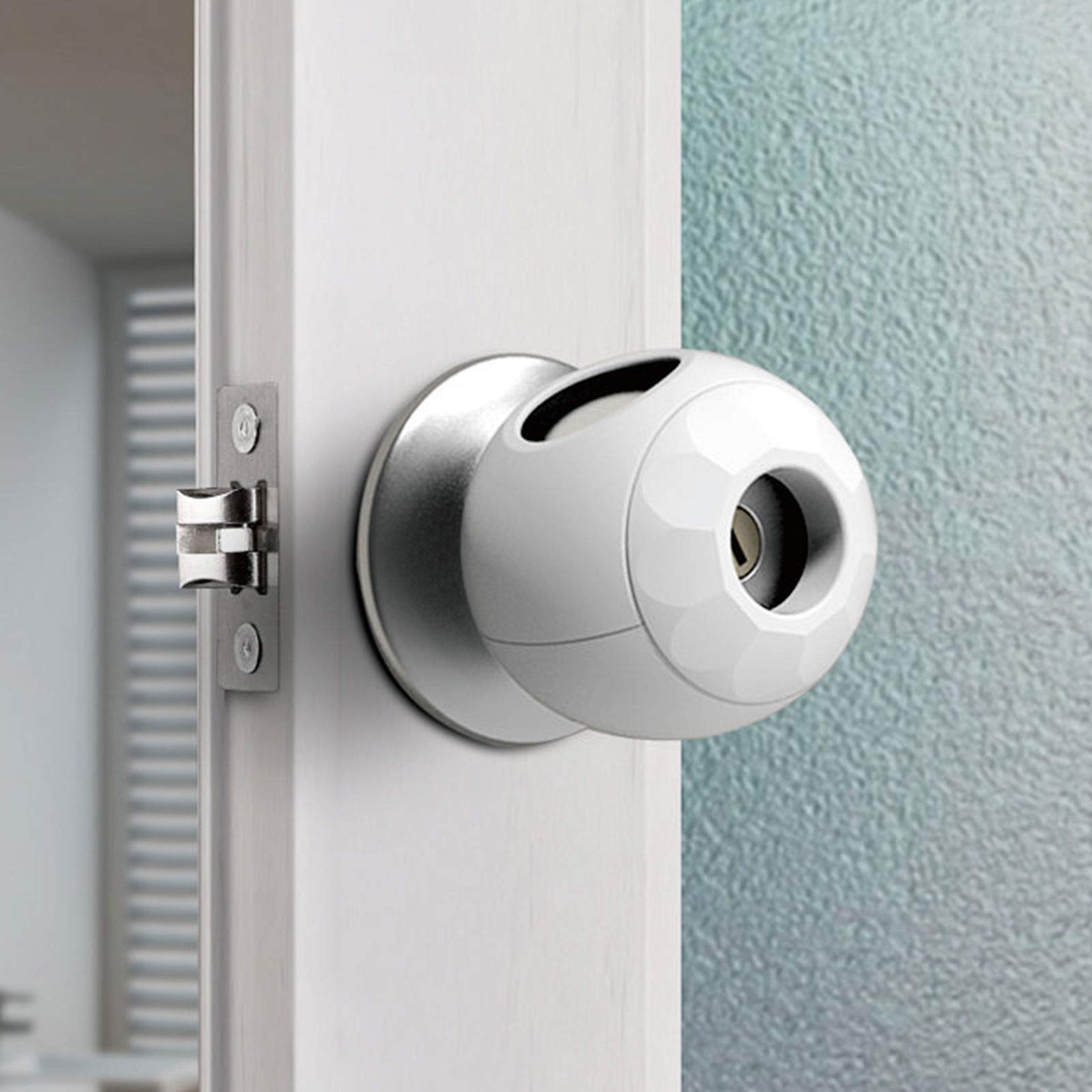
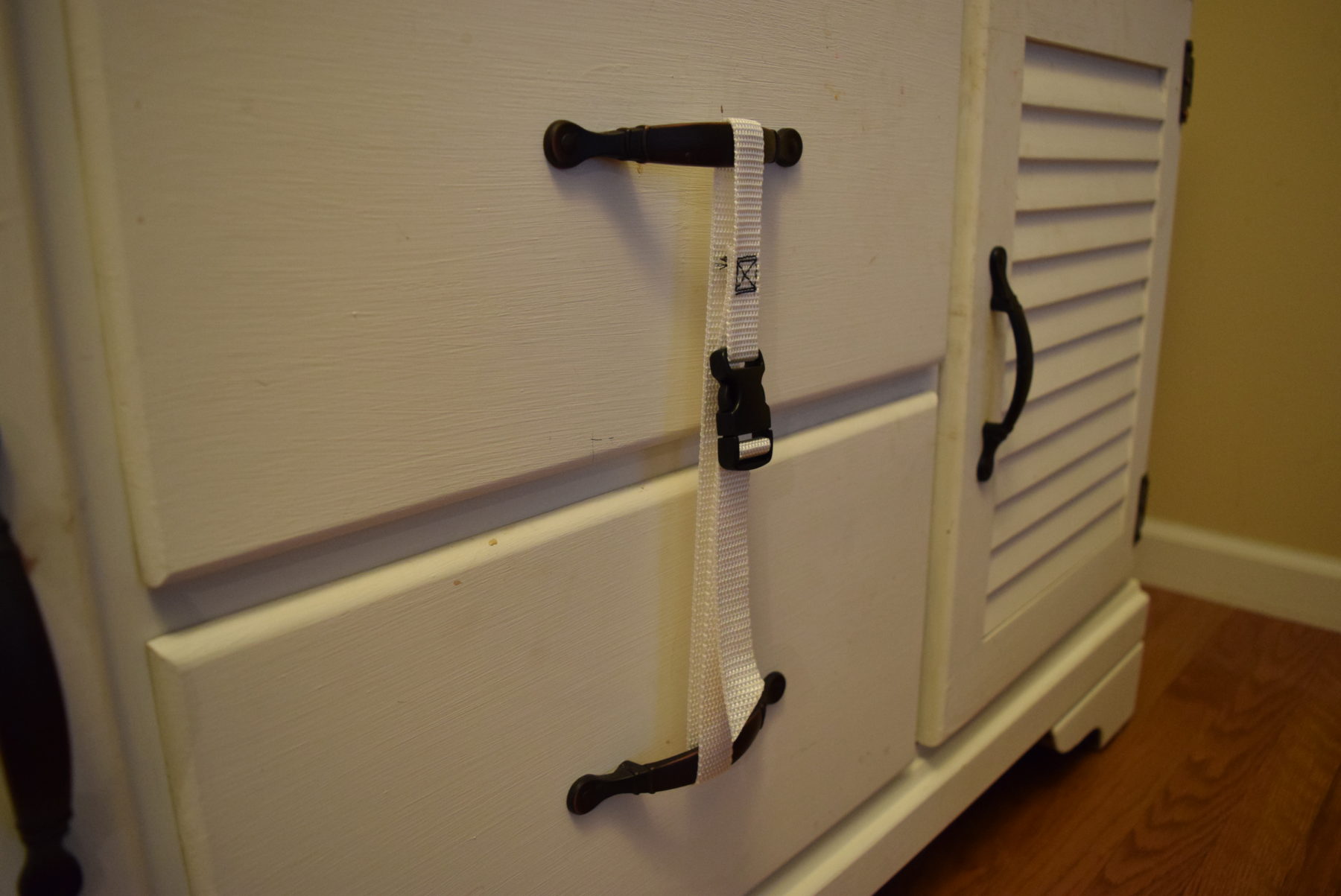
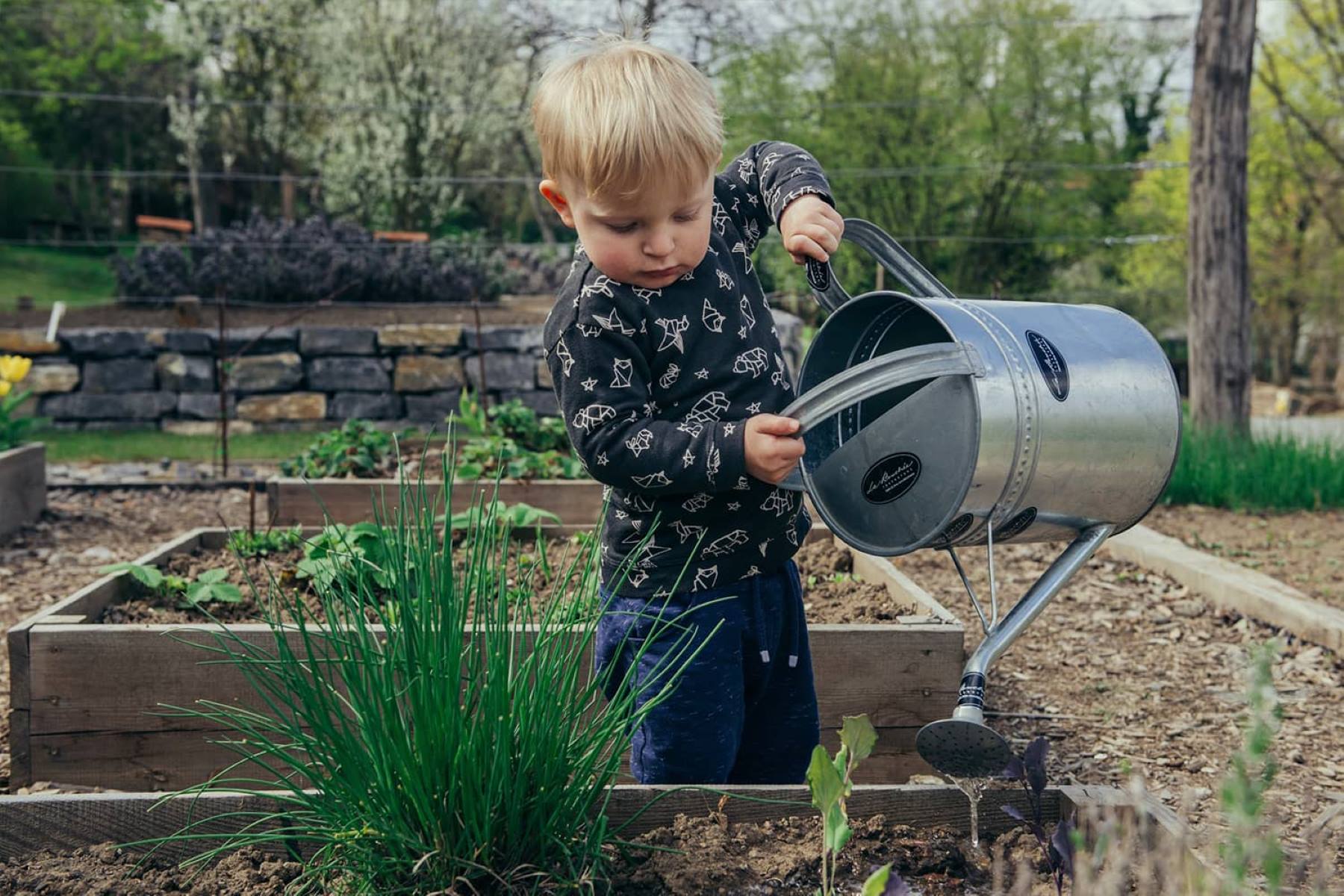
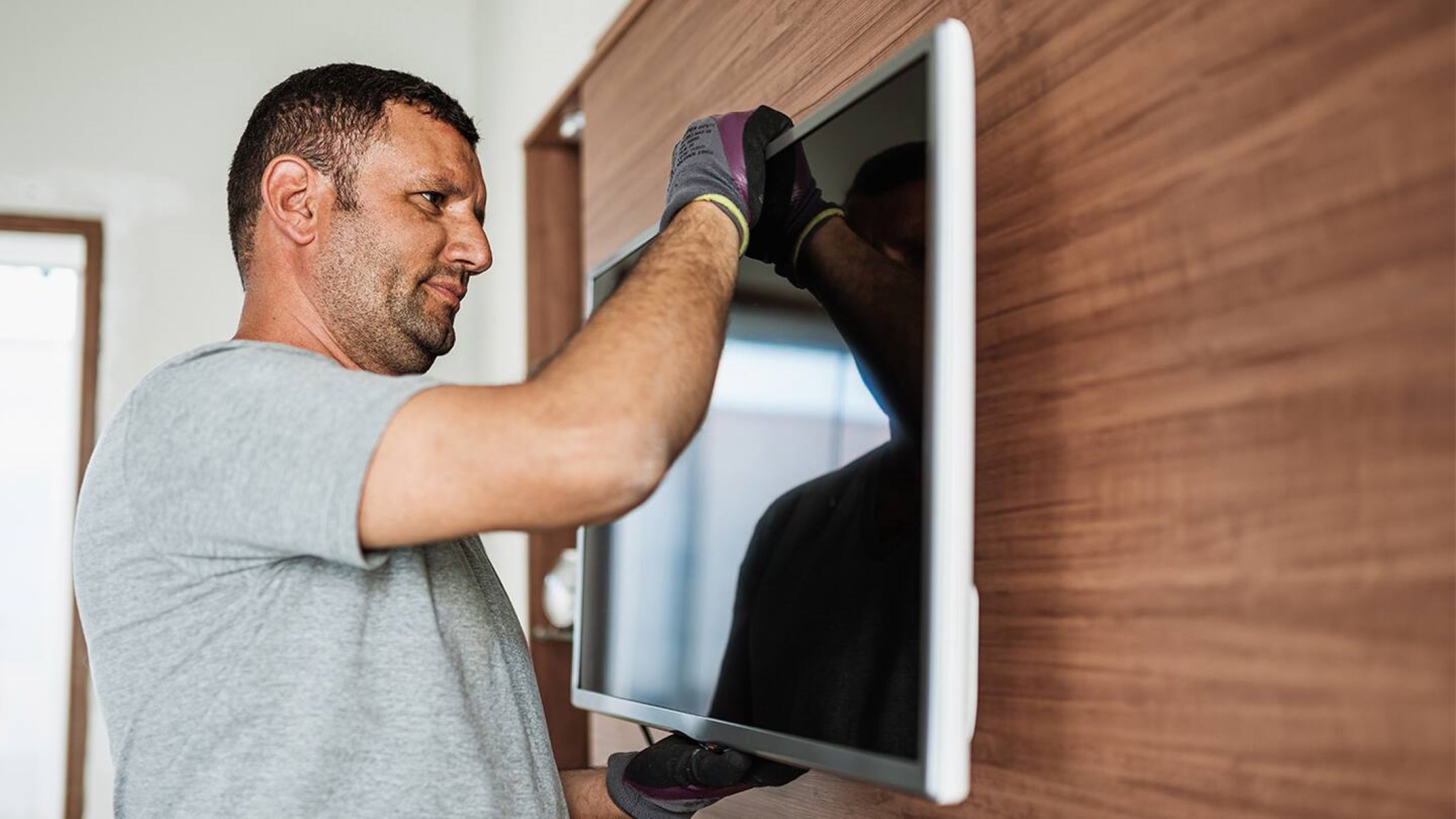
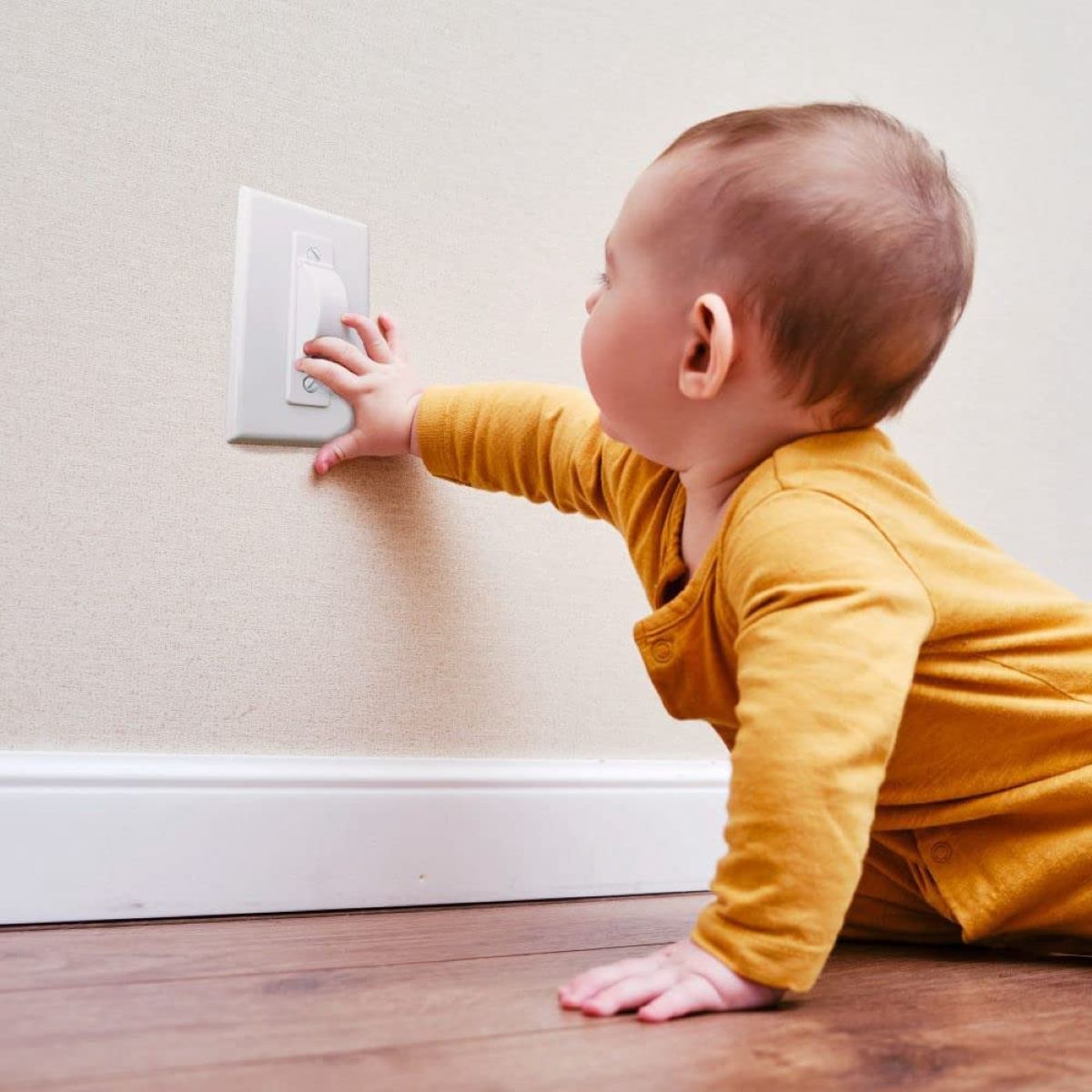




0 thoughts on “How To Childproof A House”